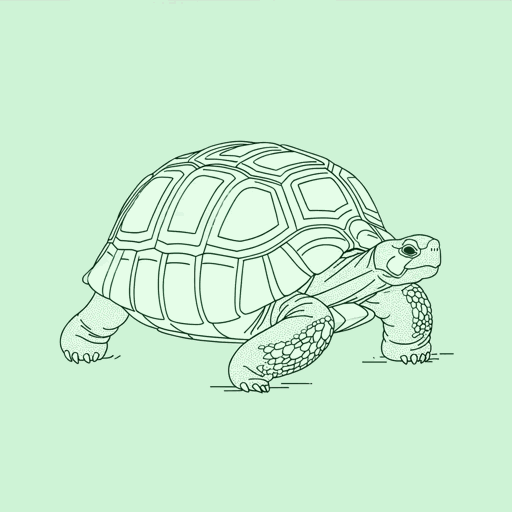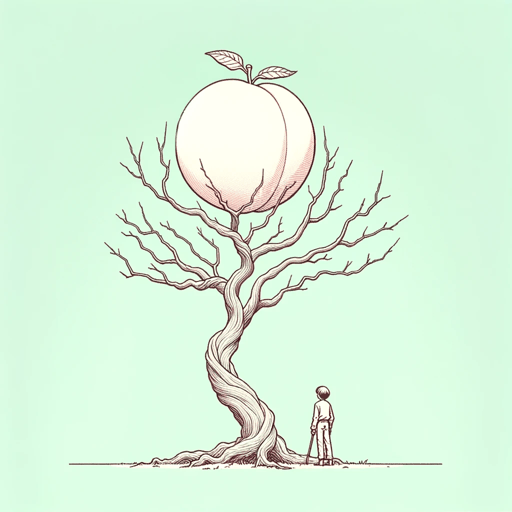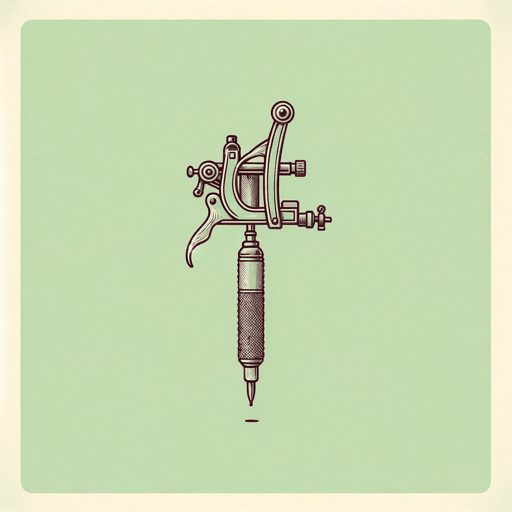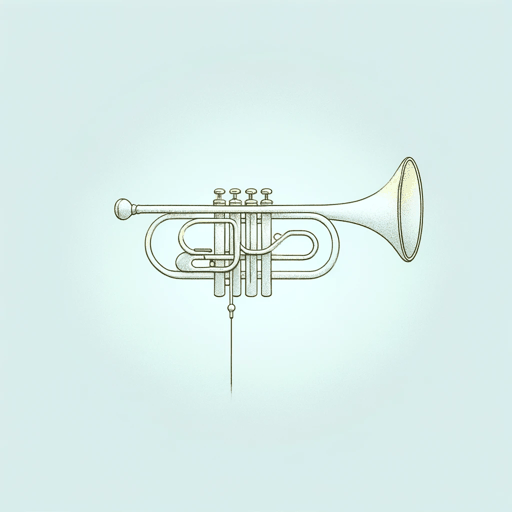29 pages • 58 minutes read
Roald DahlBeware of the Dog
Fiction | Short Story | Middle Grade | Published in 1946A modern alternative to SparkNotes and CliffsNotes, SuperSummary offers high-quality Study Guides with detailed chapter summaries and analysis of major themes, characters, and more.
Story Analysis
Analysis: “Beware of the Dog”
Roald Dahl’s “Beware of the Dog” serves as a multilayered commentary on truth. The story explores the consequences of war and implies that they are not only physical but psychological. Ultimately, the story is about Peter’s journey to uncover the truth about his situation; by the end, he realizes he is behind enemy lines and his injury is more severe than he—or the institution trying to control him—initially admits. Drawing on literary Modernism, Dahl deviates from traditional war fiction narratives by highlighting The Fragmented Nature of Truth and crafting a critical commentary on war propaganda. Through techniques like dramatic irony, interior monologue, and limited point of view, he creates a suspenseful narrative that delves into the complexities of perception versus reality.
After World War I, Modernist writers questioned the concept of absolute truth and challenged the notion of blind faith in institutions and dogmatic ideologies. Dahl echoes this Modernist skepticism, inviting readers to actively construct meaning as they follow Peter’s journey to piece together observations from his surroundings that contradict the facts that are fed to him. The use of a limited third-person narrative ensures that the reader accesses the same clues and 







Related Titles
By Roald Dahl

Boy: Tales of Childhood
Roald Dahl

Charlie And The Chocolate Factory
Roald Dahl

Charlie and the Great Glass Elevator
Roald Dahl

Danny, the Champion of the World
Roald Dahl

Esio Trot
Roald Dahl

Fantastic Mr Fox
Roald Dahl

George's Marvelous Medicine
Roald Dahl

James And The Giant Peach
Roald Dahl

Lamb To The Slaughter
Roald Dahl

Matilda
Roald Dahl

Skin
Roald Dahl

The BFG
Roald Dahl

The Giraffe and the Pelly and Me
Roald Dahl, Illustr. Quentin Blake

The Landlady
Roald Dahl

The Magic Finger
Roald Dahl, Illustr. Quentin Blake

The Twits
Roald Dahl

The Way Up To Heaven
Roald Dahl

The Witches
Roald Dahl

The Wonderful Story of Henry Sugar and Six More
Roald Dahl
